Full Automatic Constant Pressure Variable Frequency Water Supply Equipment is a new generation of hi...
See DetailsStainless Vertical Submersible Pumps: Fluid Management Across Industries
Industry News-In the evolving landscape of industrial fluid handling, the Stainless Vertical Submersible Pump has emerged as a versatile and reliable solution for a broad spectrum of applications. Combining corrosion-resistant materials with a compact, vertical design, these pumps are engineered to operate efficiently submerged in liquids, making them ideal for tasks ranging from water supply to wastewater treatment and chemical processing.
As industries demand more durable, efficient, and low-maintenance pumping systems, stainless vertical submersible pumps are setting new standards by offering enhanced longevity and performance under challenging conditions.
Understanding Stainless Vertical Submersible Pumps
A vertical submersible pump is designed to be installed vertically and submerged directly into the fluid to be pumped. The stainless steel construction adds significant value by offering resistance to corrosion and chemical attack, which is critical when handling aggressive or sanitary fluids.
Key characteristics include:
Vertical, Compact Footprint: Saves space in pump stations and wells by using a vertical orientation.
Corrosion Resistance: Stainless steel body and internal components resist rust and chemical degradation, extending service life.
Direct Immersion Operation: Submersion improves motor cooling and allows for efficient suction, preventing cavitation.
Integrated Motor-Pump Assembly: Reduces alignment issues common in separate motor and pump installations.
Core Industries Benefiting from Stainless Vertical Submersible Pumps
Due to their robust design and adaptability, stainless vertical submersible pumps are widely utilized across multiple sectors:
Water and Wastewater Treatment: For pumping clean or mildly contaminated water from wells, reservoirs, or sumps.
Food and Beverage Industry: Handling sanitary fluids where contamination prevention is paramount.
Chemical Processing: Resistant to corrosive liquids such as acids, alkalis, and solvents common in chemical plants.
Marine and Offshore Applications: Durable in saltwater environments for ballast water, cooling, and bilge pumping.
Pharmaceutical Manufacturing: Ensures hygienic fluid transfer in cleanroom conditions.
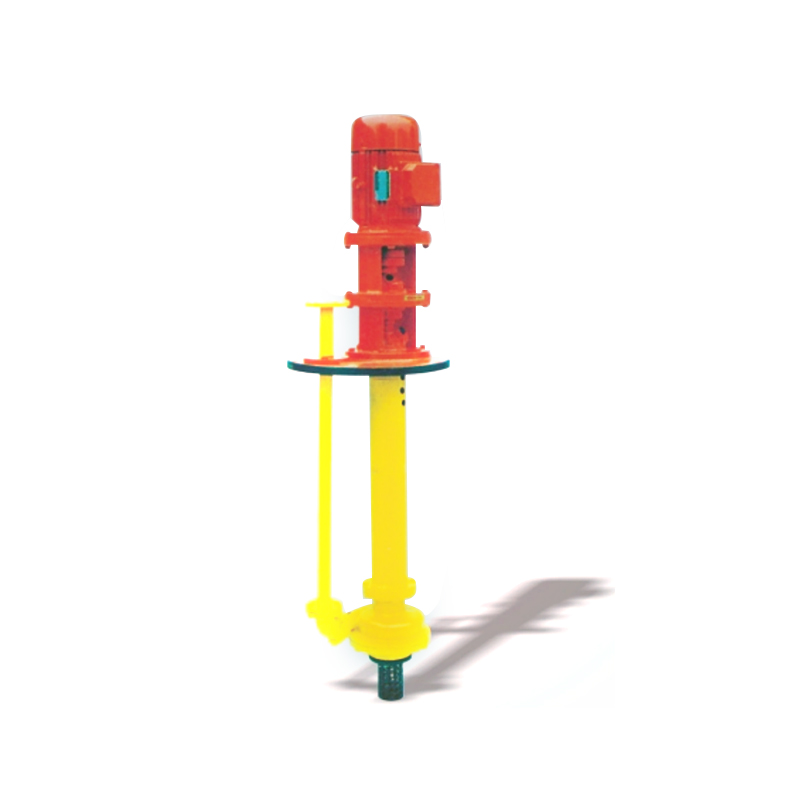
Agriculture and Irrigation: Pumping groundwater or nutrient solutions with maintenance.
Engineering Behind the Design
Manufacturers of stainless vertical submersible pumps focus on precision engineering to meet demanding operational conditions:
High-Quality Stainless Steel Alloys: Use of grades like 304, 316, or duplex stainless steel for corrosion resistance.
Efficient Hydraulic Designs: Impellers and volutes optimized for smooth fluid flow and high efficiency.
Sealing Systems: Advanced mechanical seals prevent ingress of fluid into the motor, essential for longevity.
Thermal Protection: Motors equipped with sensors to prevent overheating during prolonged use.
Modular Construction: Allows easy disassembly and maintenance without removing the entire pump from the well or sump.
Advantages Over Traditional Pump Systems
The stainless vertical submersible pump offers several benefits compared to horizontal or non-submersible alternatives:
Space Efficiency: Vertical installation the footprint, crucial in confined or crowded pump stations.
Reduced Noise and Vibration: Submerged operation dampens sound and reduces mechanical vibration, improving working conditions.
Enhanced Reliability: Direct immersion cooling of the motor lowers the risk of overheating and extends operational life.
Lower Maintenance Costs: Corrosion resistance and integrated design reduce the frequency and complexity of maintenance.
Improved Pumping Performance: Submerged suction reduces cavitation risks and improves hydraulic efficiency.
Market Trends and Innovations
The global market for stainless vertical submersible pumps is expanding steadily, driven by infrastructure upgrades, environmental regulations, and industrial growth:
Growing Water Infrastructure Investments: Increased urbanization requires reliable water supply and sewage treatment systems utilizing submersible pumps.
Rising Demand in Chemical and Food Industries: Strict hygiene and corrosion resistance standards favor stainless steel pump solutions.
Smart Pump Integration: Industry enables real-time monitoring and predictive maintenance, reducing downtime.
Energy Efficiency Focus: Pumps are increasingly designed with energy-saving motors and hydraulic profiles to minimize operating costs.
Customization for Specialized Applications: Manufacturers offer tailored designs for unique fluids, temperatures, and installation environments.


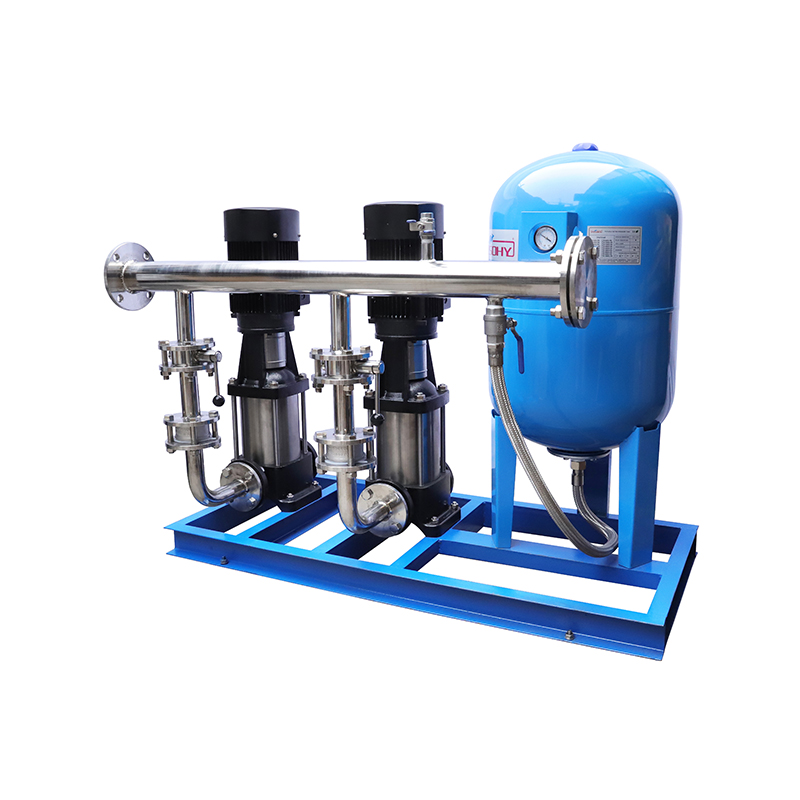
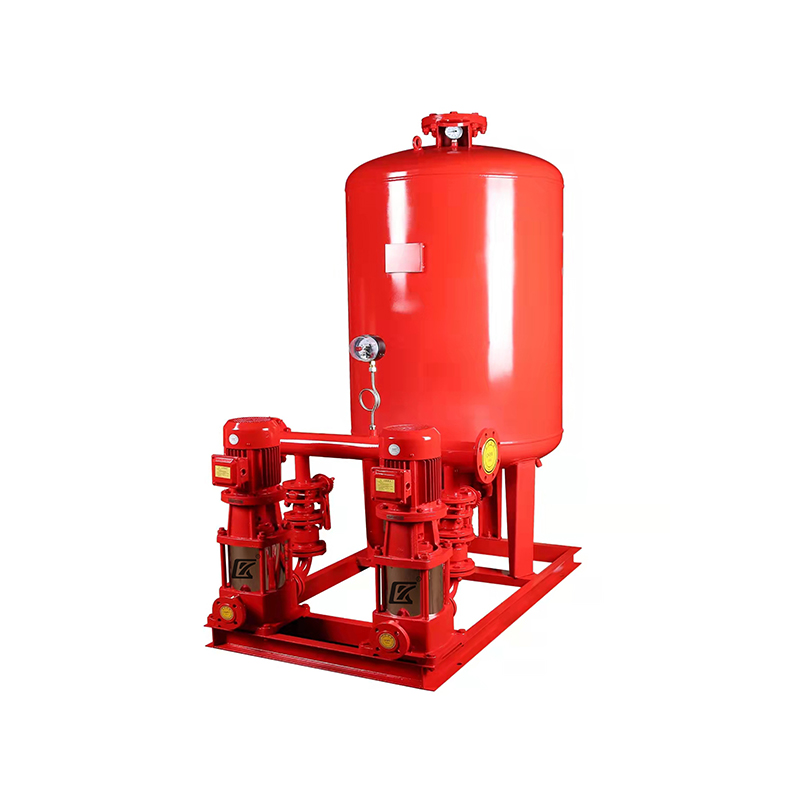
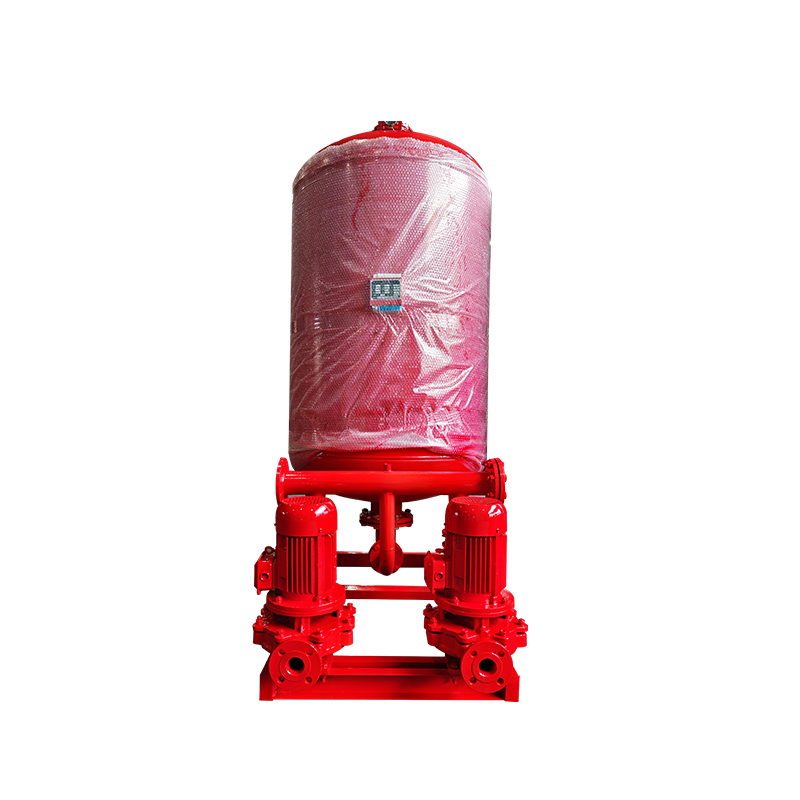

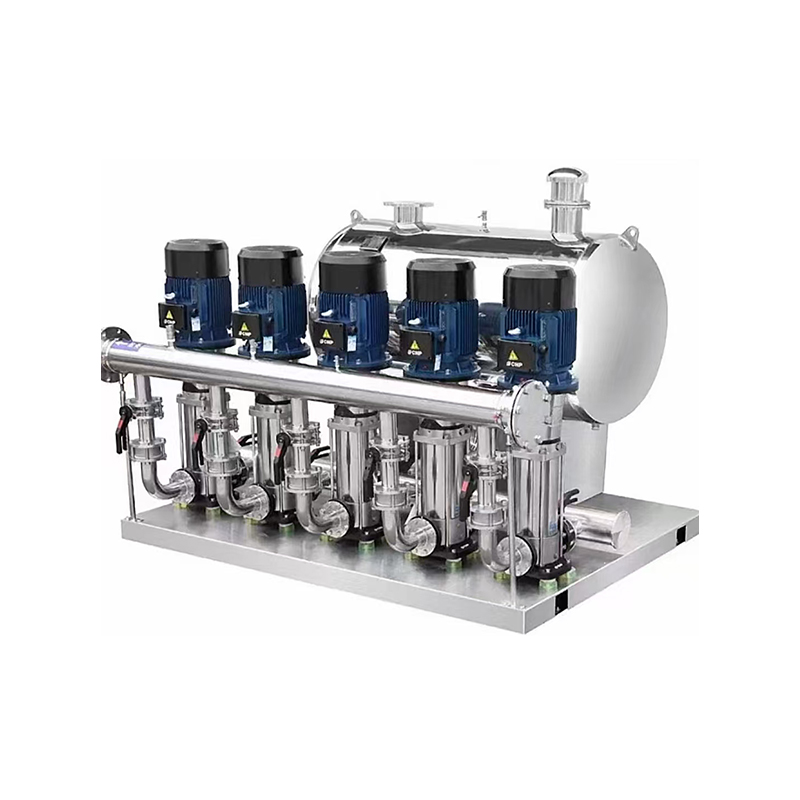
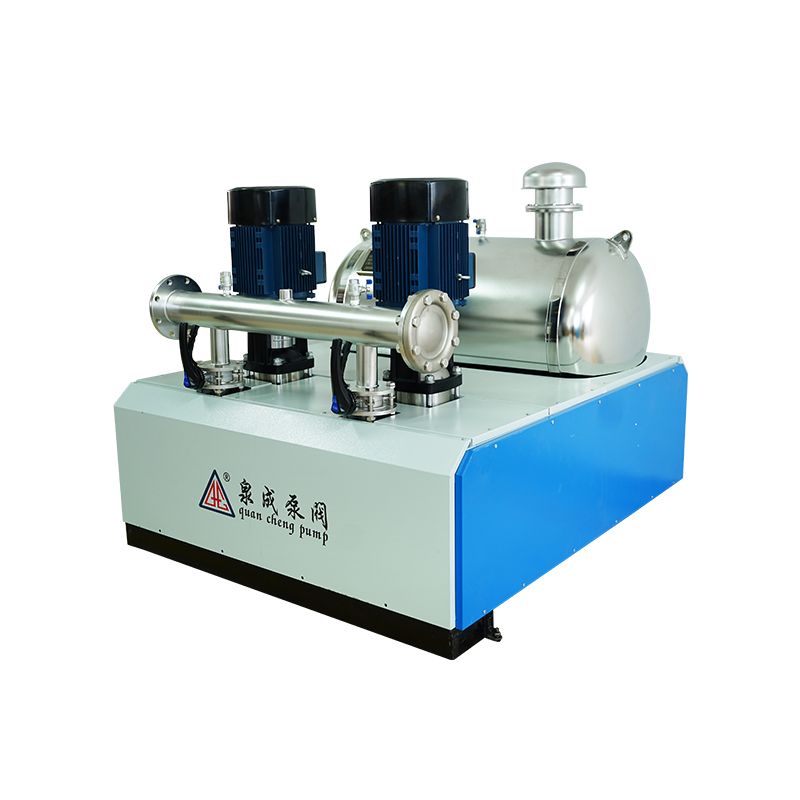
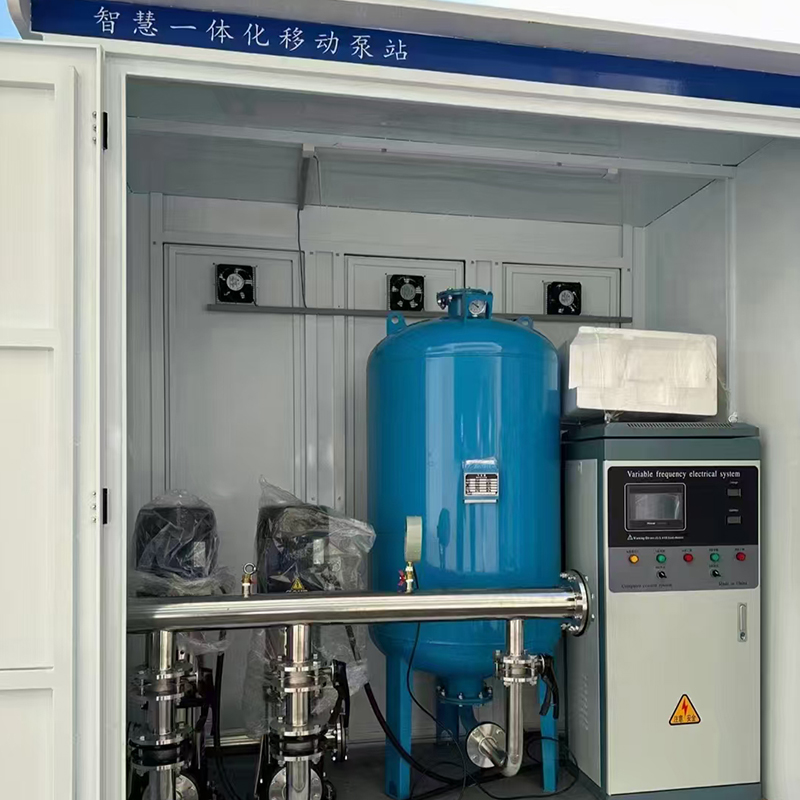

 浙公网安备33032402001888号
浙公网安备33032402001888号
